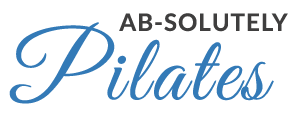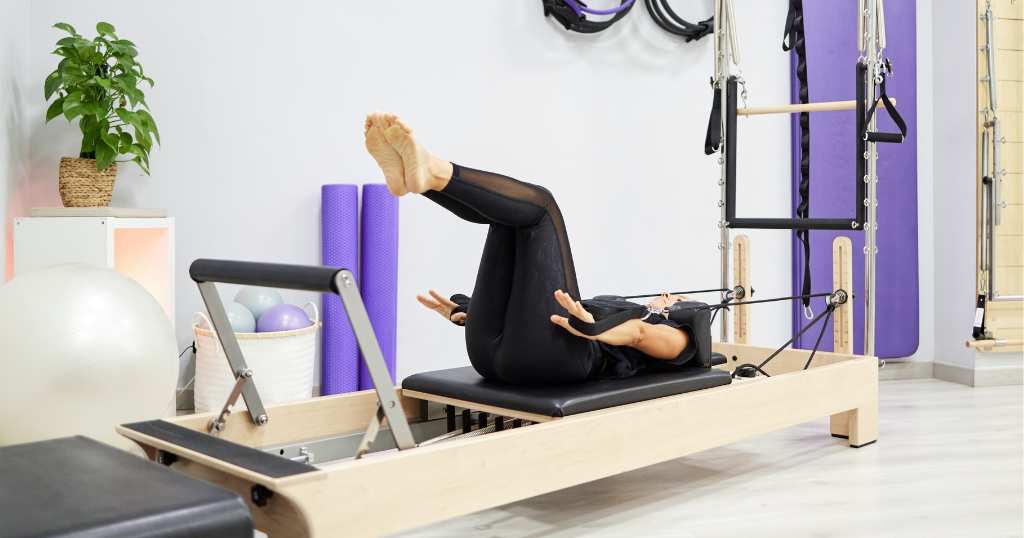What is Osteoporosis and which demographic is most likely to be diagnosed with this condition? Is it a game-stopper or are there things one can do to prevent further damage?
The word Osteoporosis can be translated into porous bones. It is a disease that occurs when bone mineral density and mass decrease leading to a reduction in bone strength. It is characterized by low bone mass and deterioration of bone tissue. Having Osteoporosis can increase the risk of fractures in the spine and hip as well as other parts of the body. It is more common in women – especially white and Asian women. Thinner, smaller-boned women are also more prone to having it. 1 out of 2 women and 1 out of 4 men over the age of 50 are diagnosed with Osteoporosis. At first, there are no real symptoms which is why it is often called a silent disease. Often people discover that they have this condition only after a bad fall where a fracture occurs.
So what can people do to help minimize the damage that this condition could do? Low-impact exercise is good for almost everyone, but Osteoporosis requires more than a relaxed walk in the park. First of all, the key to combating this disorder is to increase bone density. The best way to achieve increased bone density is to engage in weight-bearing activities. Cardio exercise like walking or running is great for the heart and lungs, but loaded activities like Pilates and weightlifting are best for Osteoporosis.
That said, Pilates also includes certain movement patterns that are contra-indicated for those with Osteoporosis. An experienced instructor would understand which movements need to be excluded from the program. For example, rolling exercises, too much forward flexion, extreme spinal rotation, crunches, etc. should be avoided. This means that anyone diagnosed with this condition should not attend group classes unless they are targeted for this special population.
Traditional non-modified Pilates mat work can be risky for anyone with Osteoporosis. Many of the exercises require a lot of spinal flexion or bending forward from the spine which could put a client at risk for a fracture. For example, an exercise like the Rollover requires that both legs be lifted over the head while the body is lying supine (on the back) on the floor. This exercise puts the spine into extreme flexion. However, an experienced teacher would understand that certain traditional exercises in the Pilates repertoire should be left out of the program. Other exercises can be modified to be safe. For example, a classical and standard Pilates mat exercise is called The Rollup which involves transitioning from a lying down position (as if going to sleep) then rolling up one vertebra at a time peeling the spine off the mat and then reaching the arms towards the toes. It is then reversed to go back to the original position. This is a great exercise for healthy bodies but risky for those with Osteoporosis. However, a possible modification for this exercise would be to start seated with legs long in front and knees slightly bent. Instead of rolling back as is done with the traditional Rollup, the back remains straight and the hinge keeps the spine straight. A knowledgeable Pilates instructor would be aware of these modifications.
To summarize: An exercise program that targets muscle and bone strength can help prevent bone loss. It can also help reverse some of the damage if done regularly. Since Pilates – both mat and equipment – focuses on weight-bearing activities it is an ideal way to help prevent bone loss.
Here are a few reasons why Pilates can be good for people who want to increase bone density:
- Pilates Increases both strength and muscle mass, which in turn helps to support the bones.
- Balance is improved which makes dangerous falls less likely.
- Pilates helps to improve joint mobility and posture which can help keep the bones in alignment making pain in the joints and lower back less likely.
The Reformer – one of the most popular pieces of Pilates equipment is also a very safe way to get a wonderful workout without putting your body in danger of a fracture. An experienced instructor who understands and utilizes the necessary modifications can take a client through a very safe and effective workout. By using props, different springs (equivalent to weights) and changes in body position when needed, the client can get the benefit of a complete workout without the fear of injury.
Being diagnosed with Osteoporosis does not mean the end of an exercise program. Instead, it could be the beginning of a new one that will result in stronger bones and a healthier body. Just make sure that your teacher is aware of the fact and that he or she works with you in the safest way possible.


